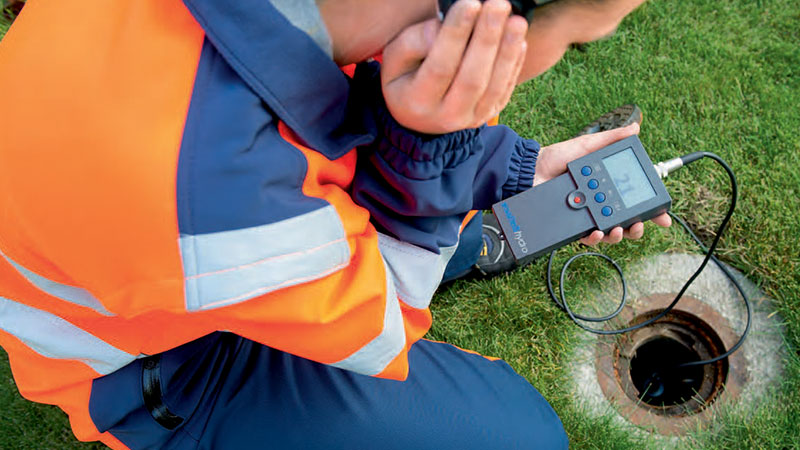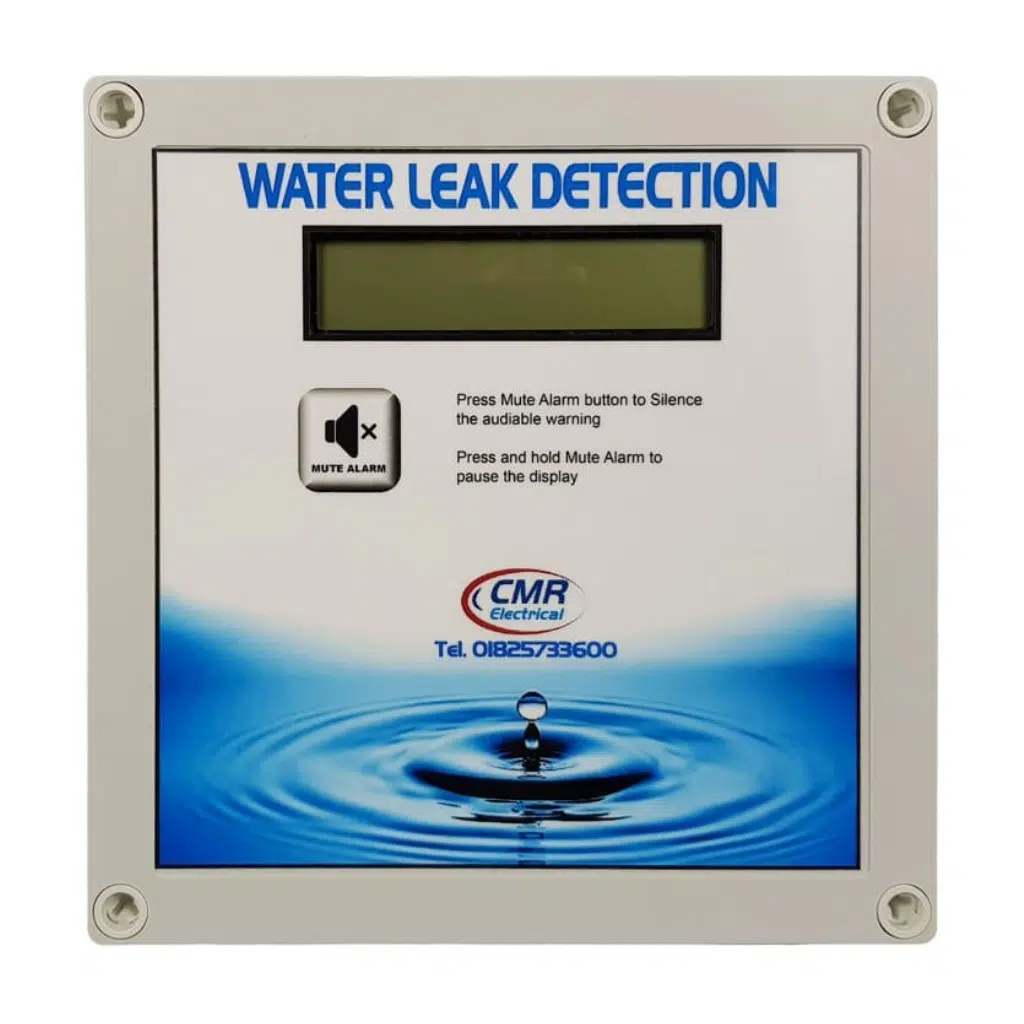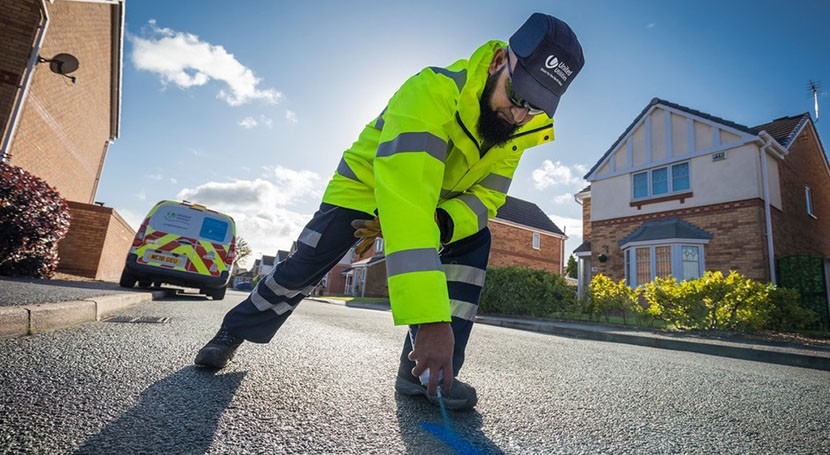Innovative Solutions for Very Early Detection of Water Leakages in Buildings and Facilities
From innovative leak detection technologies to the release of IoT sensors for real-time monitoring, the landscape of leak avoidance is developing swiftly. Automated water flow analysis systems are improving how leaks are recognized and attended to, paving the way for a positive strategy to water leakage detection.
Advanced Leak Discovery Technologies
Advanced leak discovery modern technologies, outfitted with sophisticated sensors and algorithms, play a vital function in swiftly determining and identifying water leaks in different setups. These modern technologies use a mix of acoustic, thermal, and electro-magnetic picking up methods to detect leaks accurately. Acoustic sensors spot the audio of leaving water, permitting specific localization of the leakage source. Thermal imaging detects temperature adjustments triggered by water leakage, giving one more effective approach for leak recognition. Electromagnetic sensing units can identify adjustments in electromagnetic areas triggered by water, offering yet another layer of leakage discovery capability.

IoT Sensors for Real-Time Monitoring
In the realm of modern water leak discovery, the integration of IoT sensors for real-time surveillance stands for a pivotal advancement in boosting proactive leak discovery capabilities. These sensing units use continual tracking of water systems, giving real-time data on water flow rates, stress variations, and temperature modifications. By leveraging IoT modern technology, these sensing units can discover also the tiniest abnormalities in water use patterns, enabling very early recognition of possible leakages before they rise right into significant issues.
IoT sensors send data to a centralized system, where sophisticated formulas evaluate the information and generate notifies or alerts when abnormalities are discovered. This real-time surveillance capability enables residential property proprietors or center managers to immediately attend to leakages, lessening water damage, minimizing repair work costs, and preserving water resources.
In addition, IoT sensors can be integrated with building monitoring systems, permitting computerized actions to detected leakages, such as closing off water valves or triggering pumps to reduce the impact of leakages. Overall, the application of IoT sensors for real-time surveillance considerably improves the efficiency and effectiveness of water leakage discovery in structures and framework.
Device Understanding Algorithms for Leak Forecast

One trick benefit of utilizing equipment discovering for leak prediction is its ability to constantly learn and improve its accuracy in time. As more data is collected and fed right into the formula, it can fine-tune its forecasts and adjust to transforming conditions, eventually enhancing the integrity of leakage discovery systems.
In addition, artificial intelligence formulas can assist in identifying subtle signs of leakages that may go undetected by typical surveillance approaches. water leak detection. By evaluating complex data embed in real-time, these formulas can provide early warnings and signals, enabling punctual intervention and preventive maintenance to alleviate prospective water damage and linked prices
Using Thermal Imaging for Leakage Discovery
Thermal imaging innovation offers a promising technique for identifying water leakages in numerous systems and infrastructures. By making use of infrared radiation and temperature level differences, thermal imaging cams can determine surprise leakages that are not easily visible to the nude eye. When water escapes from pipes or frameworks, it frequently transforms the temperature of the bordering location, producing temperature differentials that thermal video cameras can capture. These temperature level irregularities are then converted right into noticeable pictures, highlighting the precise area of recommended you read the leak.
One of the key benefits of thermal imaging for leakage discovery is its non-intrusive nature. Unlike standard approaches that may need burglarizing wall surfaces or floorings to situate leakages, thermal imaging enables for non-destructive testing. This not only saves time and lowers expenses but additionally decreases interruption to the structure or infrastructure being analyzed. In addition, thermal imaging can promptly scan large areas, giving a comprehensive summary of potential leak sources in a prompt manner. Overall, using thermal imaging modern technology enhances the effectiveness and precision of water leakage detection, making it a valuable tool for preserving the honesty of structures and facilities.
Automated Water Flow Analysis Equipments
How can automatic water circulation evaluation systems revolutionize the detection and monitoring of leaks in different systems and infrastructures? Automated water circulation analysis systems supply a positive strategy to leakage detection by continually checking water circulation rates and patterns. By developing baseline data, these systems can swiftly identify discrepancies that might suggest a leakage, making it possible for prompt treatment to stop extensive damage.
These systems utilize innovative algorithms to examine real-time information and supply instant alerts when anomalies are detected, permitting quick activity to be taken. Furthermore, computerized water flow analysis systems can be incorporated with building management systems or IoT systems, improving general performance and allowing remote surveillance abilities.
In addition, the data accumulated by these systems can be made use of for predictive upkeep objectives, aiding to recognize potential weak points in the infrastructure my blog prior to leaks take place. On the whole, the execution of automated water flow evaluation systems can substantially improve leakage discovery and monitoring techniques, ultimately bring about cost savings, reduced water waste, and enhanced sustainability in structures and facilities.

Verdict
To conclude, the assimilation of advanced leakage detection technologies, IoT sensors, artificial intelligence algorithms, thermal imaging, and automatic water circulation analysis systems provides cutting-edge services for very early detection of water leakages in structures and framework. These innovations enable real-time monitoring, prediction of leakages, and effective detection methods to prevent water damages and waste. Applying these options can help in preserving the honesty and sustainability of water supply in different settings.